Your cart is empty now.
In an attempt to explore the ancient history of Central Asia and of the movement of ancient peoples, the work examines the affinities and interactions of the people who called themselves "Arya," that is, the Indo-Aryans and the Indo-Iranians, with other peoples and nations of the ancient world, like the Greeks, the Hurrians and the Medes. It delves into the processes of acculturation when people of different cultures came in contact with each other at a time that goes back to the very earliest of times (ninth or tenth millennium BCE). It examines the movements of the Indo-Aryans and the Indo-Iranians across Asia and their neighbours and active trade partners like the Sumerians, the people of Mesopotamia and the Harappans. It thus throws light on the interactions of the early Indo-Aryans and Indo-Iranians with other flourishing central Asian civilisations of the time. It cites references to ancient traditions that still prevail among peoples in different cultures from different parts of the world, pointing out how these testify to the continuity of ancient traditions and, importantly, the ancient interaction between cultures.
Well-researched and with accurate references to time periods, this scholarly work will deeply interest scholars and students of history and anthropology concerned with the earliest origin of cultures and cultural interactions.
Dr Marta Vannucci is a globally distinguished biological oceanographer who has been UNESCO's Senior Expert (Marine Sciences) and was a member of oceanographic research cruises in the South Atlantic and Indian Oceans. She has been engrossed in studies in the libraries, archives, museums and universities of Florence, Italy and India aided by a grasp over almost all Latin and Greek derived languages, English and German. She has been honoured with the prestigious Grand Cross of the "Order of Merit in Science" of Brazil. She is Italian born and has been resident in India since 1970.
IT would be impossible to talk of ancient gods without speaking at the same time of ancient heroes. These ideological figures are often interchanged, shared, modified or borrowed by the mythologies of very ancient or primitive cultures. A recent publication of mine entitled Ancient Gods and Heroes of East and West (Vannucci, 2007) focused on the culture and displacement of the ancient tribes of the Indo-Europeans (I-E). These tribes migrated to Central Asia, the Indian subcontinent, Afghanistan, Iran, Turkey and Asia Minor over the span of the last four millennia BCE. The writing of the book took several years. This type of work, however, can never be considered final or complete. One of the reasons for such a long gestation period was the publication in quick succession of research papers and books by numerous scholars, on archaeological findings and studies of the palaeolithic and neolithic cultures of Asia. The wealth of this literary and scientific material had to be studied and correlated with the results of earlier archaeological studies and reports. Especially important were the new dates and chronological tables obtained with improved scientific methods. various ancient libraries are translated. Cuneiform script is syllabic and phonetic; it can be used to write most of the important languages of ancient Central Asia, whether Semitic, Indo-European or of other origins, including Hurrite. Different materials were used for writing ancient texts — they could be epigraphic (on rocks and man-made structures), impressed on clay tablets, parchment, papyrus or other materials. These texts are found scattered over a wide geographic area: from West Asia and Asia Minor to central and north-eastern areas of Greater Persia. Texts engraved in about 10,000 tablets covering practically all subjects of local cultures were found in the vast collections of libraries in the Assyrian Empire's capital city Ninive under order of the Assyrian king Ashshurbanipal (668-626 BcE). Ashshurbanipal enforced strict rules followed by scribes down to minute details. The library produced dictionaries of various ancient languages, a task rendered possible by the phonetic cuneiform script. The usefulness of such work, first commenced by order of the Assyrian king Sargon, cannot be overemphasised. Along with texts describing the habits of subjugated peoples, environmental and agricultural descriptions of conquered lands, as well as the origin and availability of goods such as timber, wood, ores, gold, silver, copper, iron, lead, tin and luxury items. There were also texts on techniques and methods of agricultural farming, irrigation, water storage, river navigation and engineering. At present, however, perhaps the greatest means to understanding ancient cultures is the study of poems, religious texts, literature, oral tradition of legends and myths, as well as historical accounts or local bards and historians.
IN an earlier book I showed the overall affinity and similarity between the Indo-Aryan (I-A) and Indo-Iranian (I-I) cultures of Central Asia and the Graeco-Roman Mediterranean culture. However, over many centuries, especially after the fall of the Roman Empire, this common cultural origin was lost as the region was divided into separate nations, frequently at odds with each other and often under the influence or rule of other civilisations. Habits and customs thus evolved under different trajectories and cultural exchanges dwindled. Finally, when the West "discovered" the East the common conception was that the "West would never meet East!"
Some amount of cultural exchange between the nations that survived the fall of Rome, specially between Italy and the East, continued during the Middle Ages of Europe. These exchanges grew over the centuries and were intensified by the rich city-states of the Mediterranean region, such as Florence, Venice, Genova, Byzantium (or Constantinopolis, present-day Istanbul), Marseille (formerly Massilia), provinces of North Africa and the Western and Eastern Mediterranean. Trade with Arab countries and Asian nations received further impetus during and following, the Italian Renaissance, which commenced in the fourteenth century. Later it was nurtured by the growing movement of travellers, pilots, traders, scientists and individuals from countries other than those bordering the Mediterranean Sea, such as Portugal, Central Europe, and the Netherlands. It was also influenced by the institutionalisation of trading companies such as the Hanseatic League. From the eleventh century CE onwards young men, scientists and historians from the "Serenissima Republica de Venezia" (i.e., Very Serene Republic of Venice), Genova, Pisa and other maritime cities, and specially representatives of the Florentine merchant bankers travelled to India. Many of those who arrived in India did so with the curiosity of scientists and the interest of historians, as documented in the wealth of letters and reports, which were, incidentally, often kept secret to safeguard the interests of their patrons (Vannucci 2004, part III).
Sample Pages


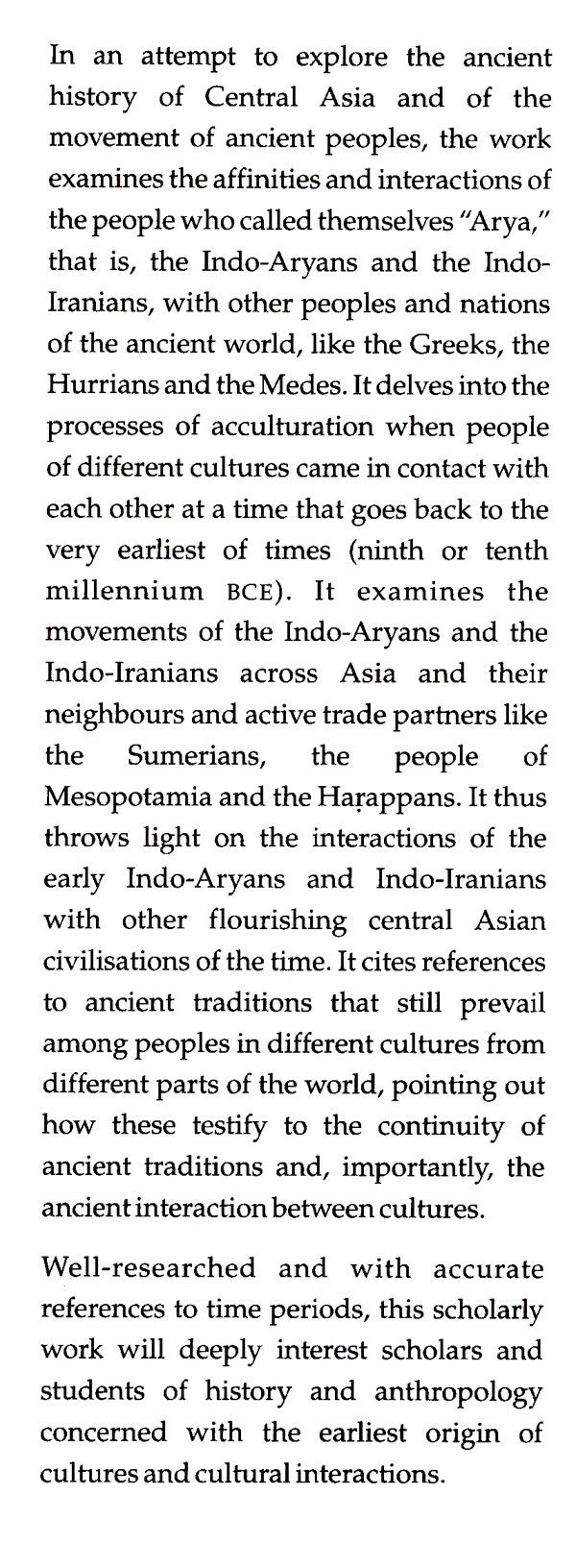
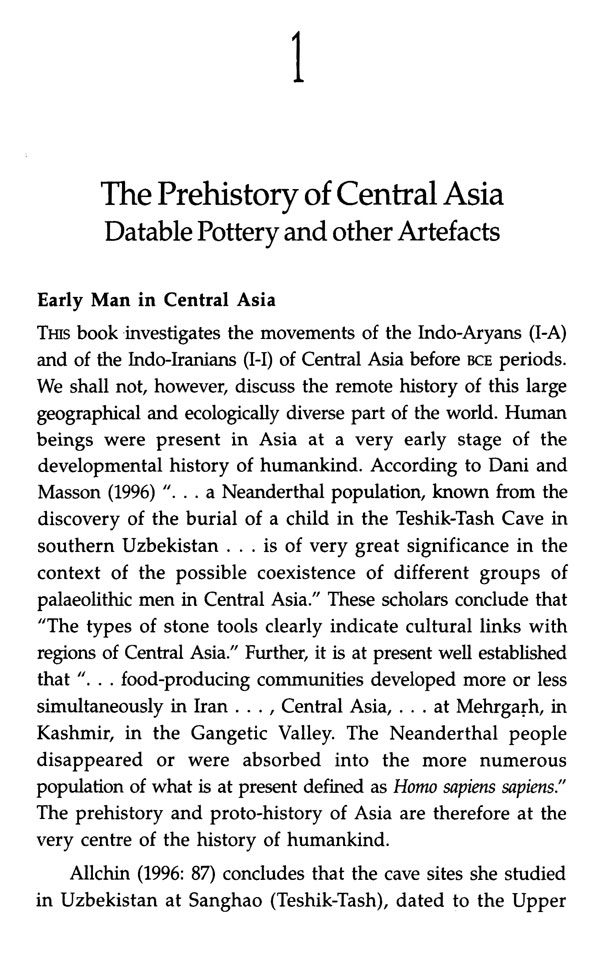
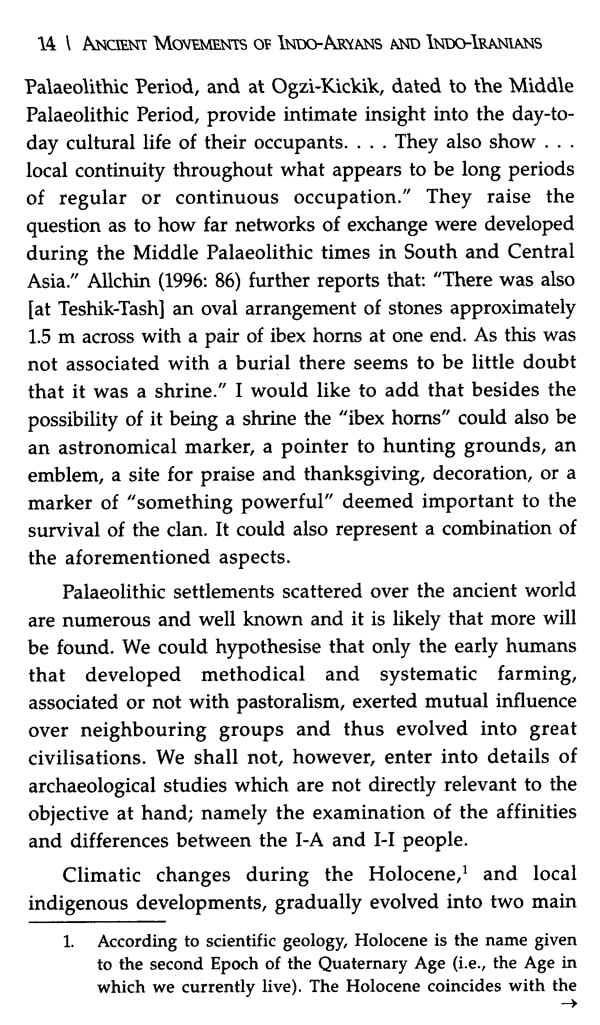


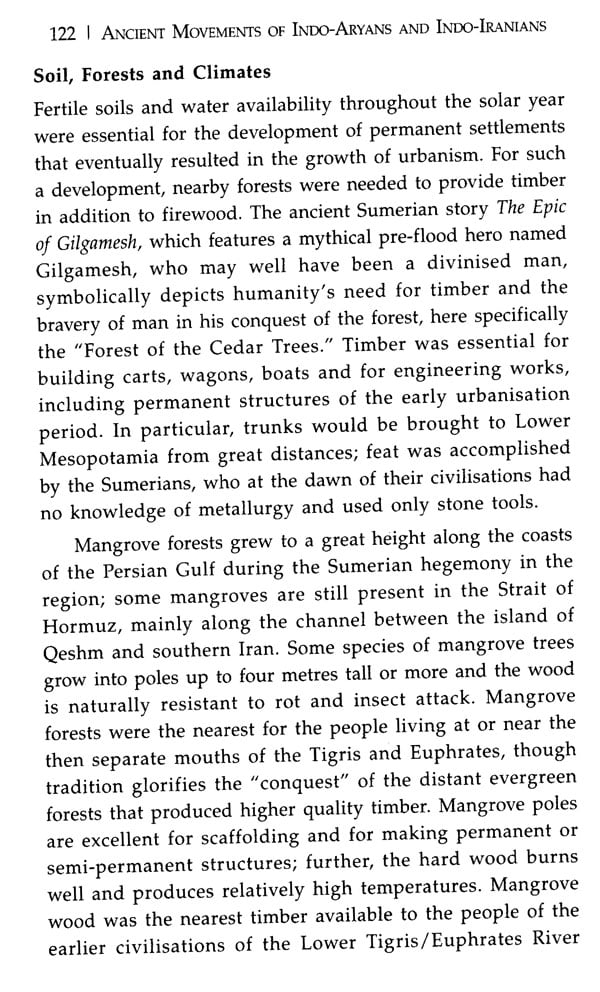
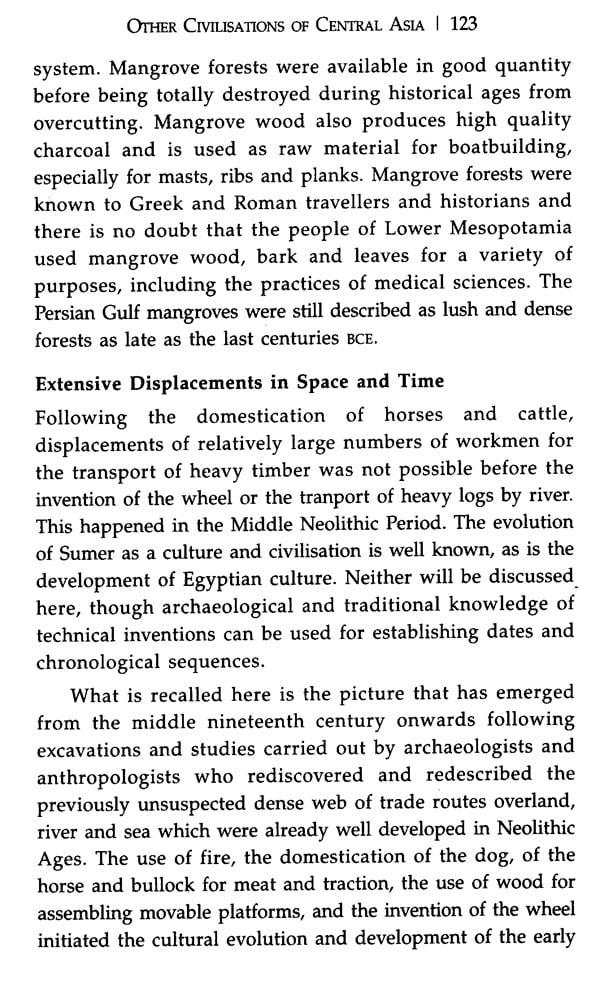
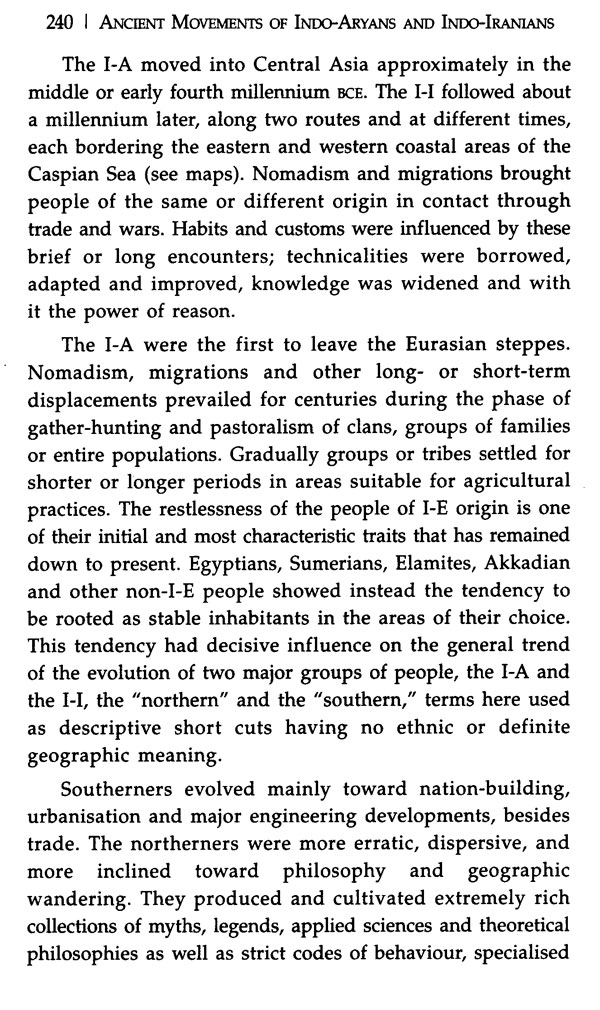

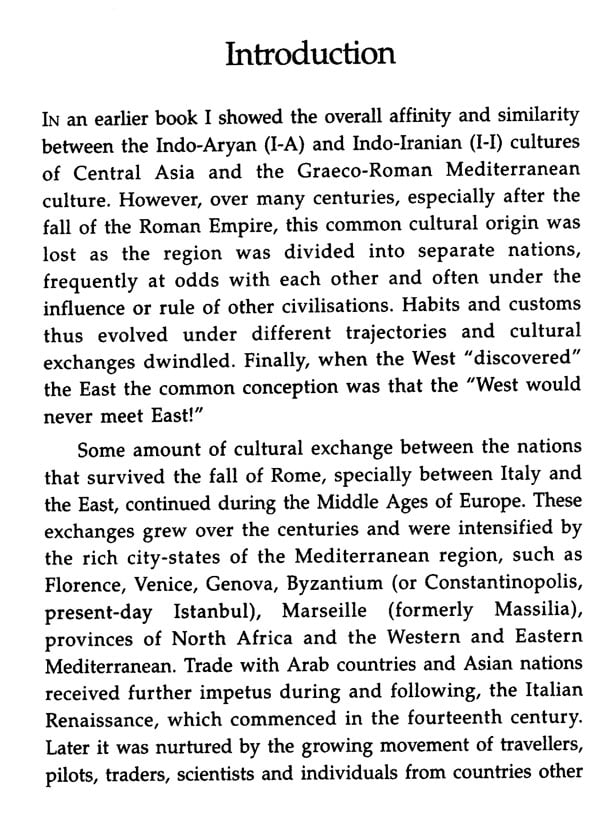
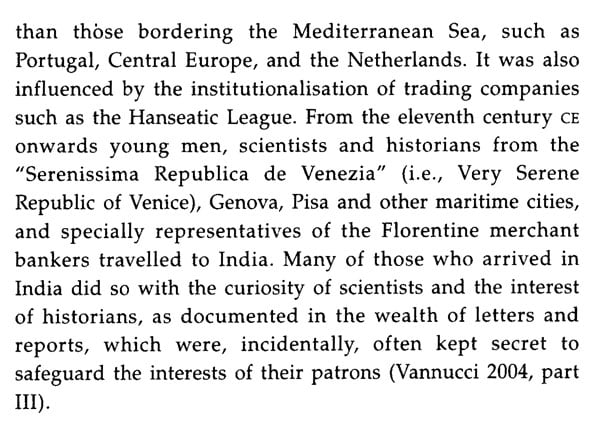
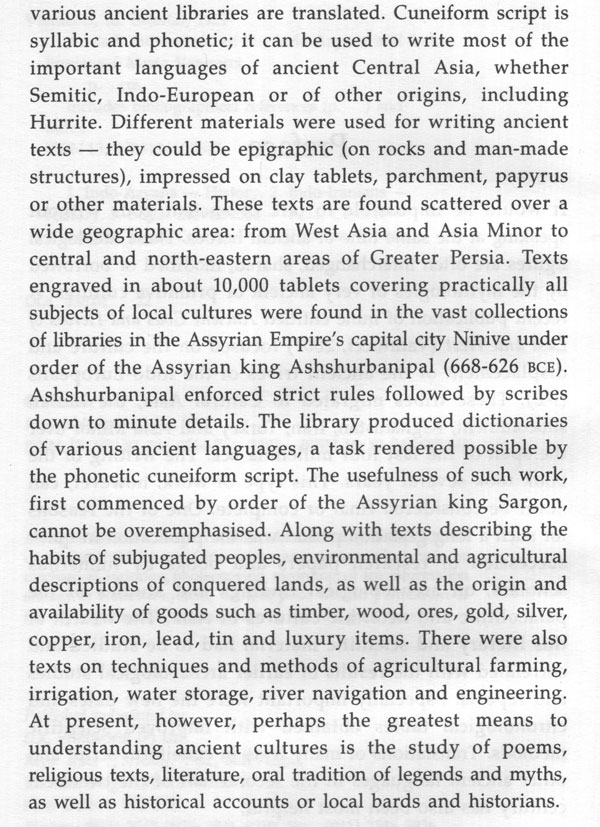

Delivery and Shipping Policy
- INTERNATIONAL SHIPPING
- Rs.1000-1100/kg
- ESTD. Delivery Time: 2-3 weeks (depending on location)
- Bubble Wrapped with Extra Padding
- NATIONAL SHIPPING
- NCR: Rs. 30/half kg
- Standard: Rs. 80/half kg
- Express shipments also available on Request
- ESTD. Delivery Time: Ranging from 1-4 days up to 7 business days (Depending on your choice of Delivery)
- TRACKING
- All orders; national or international, will be provided with a Tracking ID to check the status of their respective orders
- Depending on the Shipping Service, Tracking ID may be used on their respective tracking portals
Frequently Asked Questions (FAQs)
Domestic Shipping: 3-4 Days (after shipping)
International Shipping: 1-2 weeks (based on your location)
You will receive an email once your order has been shipped or you can email us if you didn't receive tracking details (info@mlbd.co.in)
Every book that we sell is the latest edition except all the rare books
Yes, we do provide free shipping, only on domestic orders (within India) above Rs.1500








![A HISTORY OF INDIAN PHILOSOPHY [5 VOLUMES] by Surendranath Dasgupta](http://www.motilalbanarsidass.com/cdn/shop/products/HISTORYOFINDIANPHILOSOPHY_large.jpg?v=1675238163)


